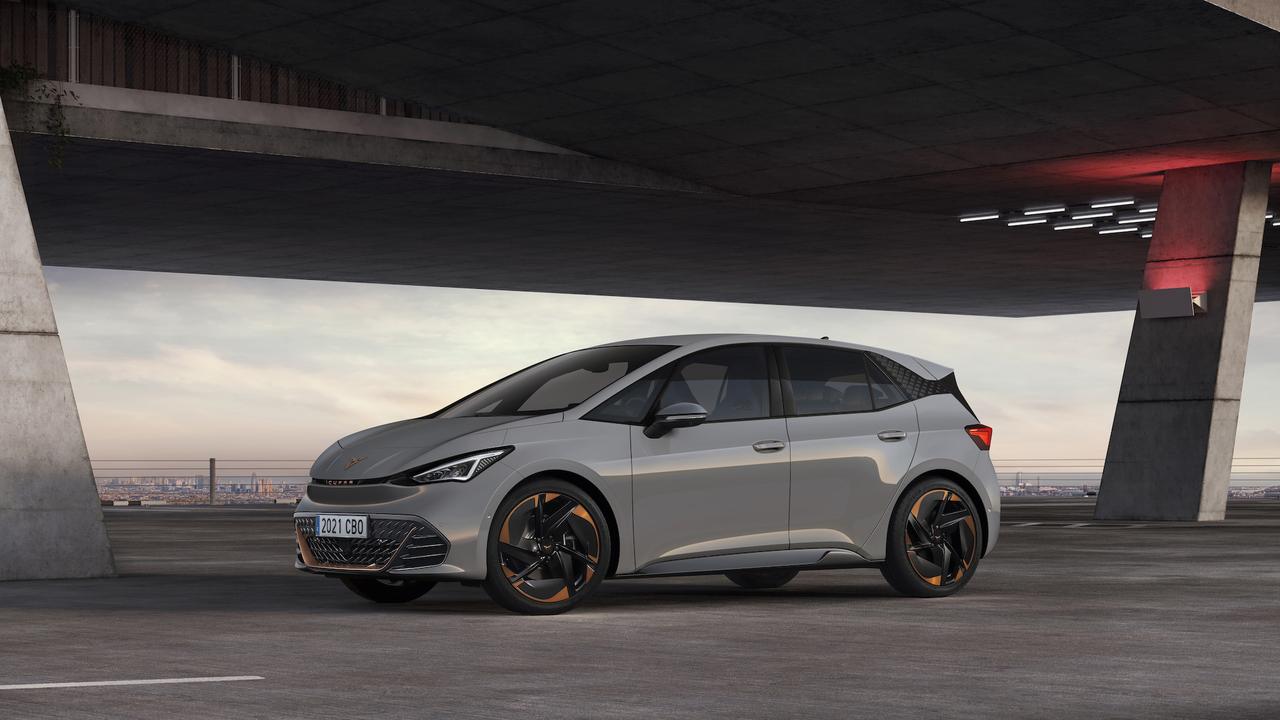Family matters and that’s why we’re seeing EVs getting bigger
Large SUVs are loved by families around Australia, and the electric SUV market is expected to explode in response.
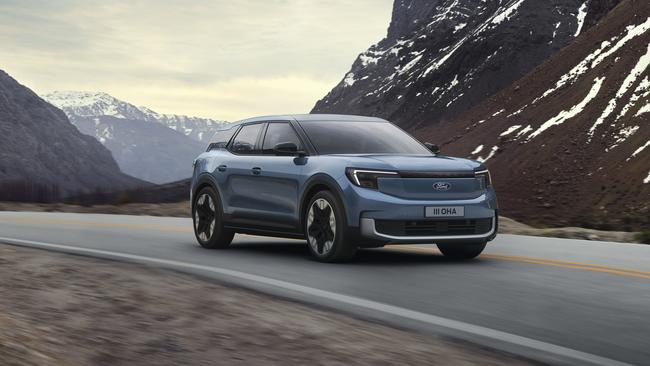
We’re all told size doesn’t matter, and we all know it’s not true.
When it comes to electric vehicles, they started out small, like glorified golf carts, but now we’re reaching a new era of family-friendly large cars and SUVs.
Large SUVs make up the fourth-largest segment in the Australian car market, with the vast majority snapped up by family buyers. Models like Toyota Kluger, Ford Everest and Subaru Outback are among the bestsellers but there are currently no electric models in this segment of the market.
ELECTRIC VEHICLES SPECIAL REPORT
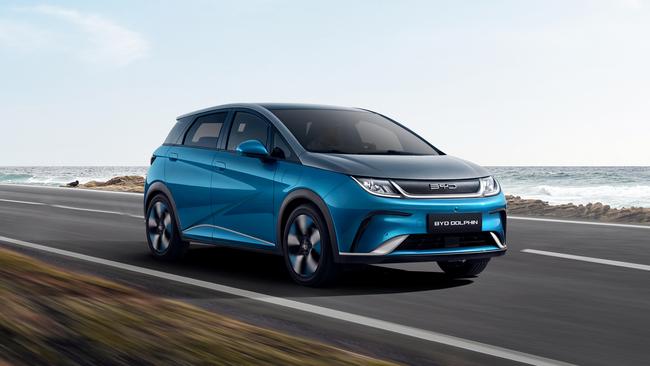
EVs get backing in Labor’s federal budget
The 2023 federal budget has been a landmark win for electric vehicle industry in Australia, but lobbyists say there is more to be done.

Cars get cheaper as key costs fall Cheaper cars as costs fall
The cost to buy an electric vehicle is beginning to come down, making EVs more accessible than ever, but what does this mean automotive brands?
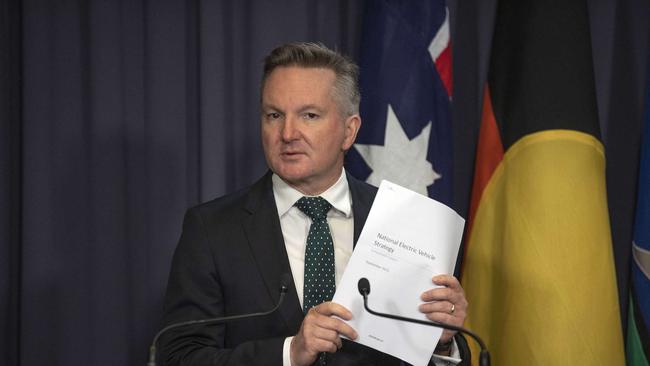
Infrastructure a big budget winner
The 2023 budget included a huge win for EV infrastructure, with a national fast-charging network and an investment in alternative fuels on the forefront.

EVs are getting bigger and better
Large SUVs are loved by families around Australia, and the electric SUV market is expected to explode in response.
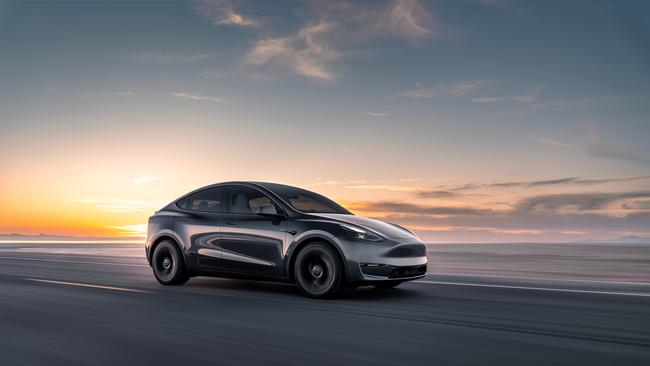
Luxury sits up high as sales boom
Electric vehicles are quickly becoming the favourite of the luxury buyer with 158 per cent boom in sales in the first quarter of the year.

Haters gonna hate but the market won’t stop moving
The electric vehicle market continues to boom, despite the naysayers.
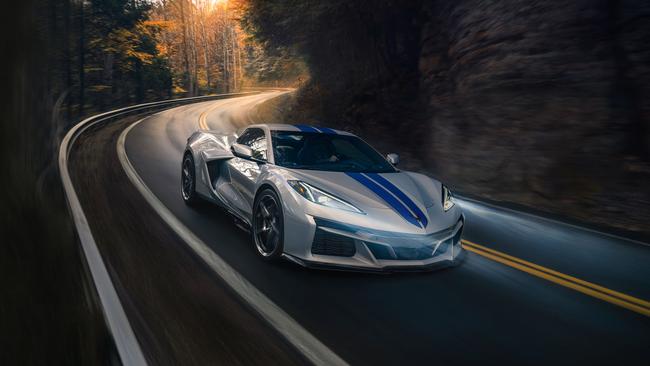
How EVs are changing sports cars
Electric motors are defining the world of sports cars, with acceleration speeds that rival the likes of Formula One.

Audi gets room to grow with new platform
Audi’s Premium Platform Electric (PPE) will support Audi to release 10 new EVs in two years as they move towards phasing out internal-combustion engines in 2027.

The ultimate buy guide for EVs
The world of EVs is expanding so quickly it can be hard to keep up, so here’s what to look for when buying an electric vehicle.
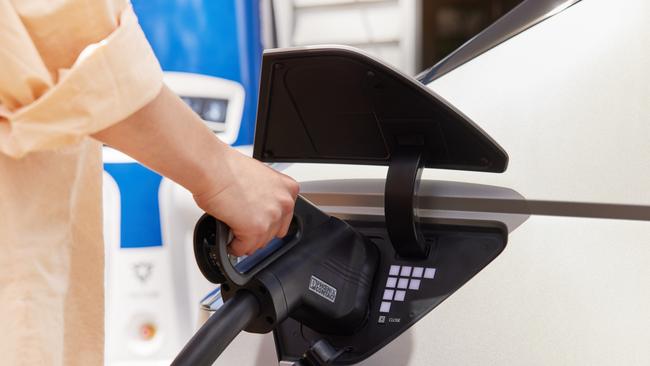
The eight must-know EV facts
EVs can make motoring simpler, but there is a learning curve that it pays to get on top of. Here are eight things you may not know about electric cars.

New laws to stop ‘ICE-blocking’
‘ICE-blocking’, parking a combustion-engined car in an electric-vehicle charging spot, will soon land you in hot water with states across Australia introducing huge fines.

Holiday hotspots due for a jolt
State governments are pouring hundreds of millions into EV infrastructure, it’s about time they look towards the holiday hotspots that are being inundated with EV owners.

Tesla downloads new revenue model in over-the-air upgrades
Tesla rolls out a new model that allows owners to buy upgrades directly from their vehicle’s centre dash screen in a bid to increase revenue.

Would this EV tempt to you buy a Saab again?
Saab is back. Well, as NEVS, and they’re returning with a stunning electric concept car, The Emily GT but they need investors to bring it to life.

Can battery metals be sourced sustainably?
What are the environmental costs behind sourcing the metals for the batteries that power our electric vehicles?

Oil use down as EVs rise
New research from the International Energy Agency has found that demand for oil is down as EVs become the driving force behind the new global energy economy.

Are EVs really cleaner? It depends where you live
Are electric vehicles really the answer to the rising CO2 rates? Or are they not as clean as we thought? Well it depends where you live.

‘Blade’ battery to cut range anxiety
Development of EV batteries is advancing everyday, with batteries capable of more than 1000km of driving on a single charge soon to be hitting the roads.

Does hard driving mean hard wearing?
If you love driving hard and fast, your next supercar should be an EV, as electric motors are designed to last the life of the vehicle.
By contrast, there is already a range of small and mid-size electric SUVs, with more on the way. This includes the Tesla Model Y, Hyundai Ioniq 5, MG ZS EV, BYD Atto 3 and soon the Toyota bZ4X, Subaru Solterra and Ford Puma EV.
Ford Global chief executive Jim Farley spoke during a recent earnings call about the growth potential in the three-row SUV segment.
“We could see the overcapacity in the two-row electric utility segment years ago,” Farley told analysts.
“In contrast to two-row crossovers that we believe will be a very saturated market, we believe Model E (Ford’s EV department) can be highly differentiated in markets where we know the customer well, like the three-row utility space.”
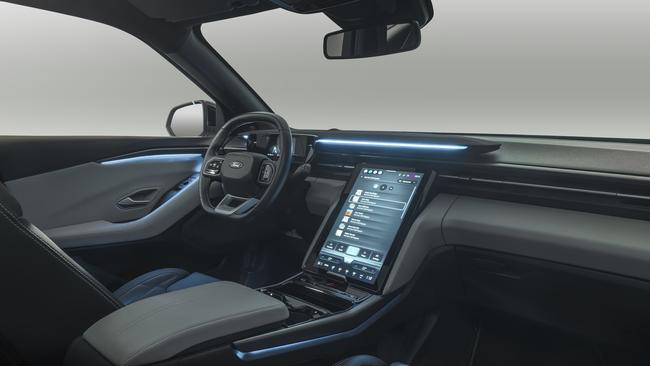
Ironically, Ford has just launched its second two-row electric SUV, the new Explorer EV, which will likely sit alongside the Puma and Mustang Mach-E in Australian showrooms in the near future.
Ford isn’t alone, though, with several other brands set to electrify the large SUV market. Bigger EVs are coming from brands including Hyundai, Volkswagen, Skoda and Jeep.
Kia will be the first brand to get into the action with the EV9, a Sorento-sized electric offering that promises space for the whole family and is due to arrive in Australia before the end of the year.
It will be the biggest model yet on the “e-GMP” modular underpinnings that are already used on the Kia EV6 and Hyundai Ioniq 5 and Ioniq 6.
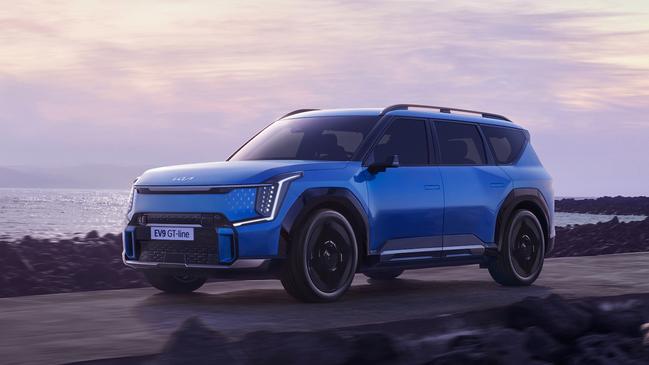
Because it’s built on a bespoke EV platform it allows for a bigger, more flexible interior space, with Kia offering four seating options, including more-conventional bench seats as well as what the company is calling “relaxation-type” recliners.
The EV9 will soon be joined by the Hyundai Ioniq 7, which will use the same underpinnings but get a unique look.
Hyundai has previewed its next EV model with the 2021 Seven concept, a luxurious-looking seven-seater. The arrival of the Ioniq 7, expected in 2024, will add an electric alternative to its Santa Fe and Palisade offerings.
Also coming soon will be a pair of family focused models from Skoda, the Czech brand that’s part of the Volkswagen Group.
It has previewed its electric flagship, a seven-seat SUV, with the Vision 7S concept and is targeting a launch by 2026. While unlikely to make the production version, the Vision 7S concept included a unique three-row layout with a car-seat fitted to a centre console that runs the length of the cabin, highlighting the freedom that EV platforms allow.
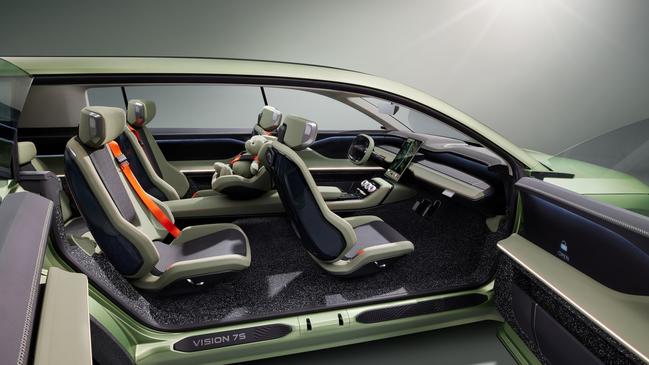
And that’s not all Skoda has planned. An electric Estate (or station wagon, if you prefer) is also part of the brand’s future, providing another alternative for buyers looking for more space.
If you don’t want an SUV but still want to move your family in an EV, then the Volkswagen ID.Buzz could be the solution. The revival of the Kombi, the family van, will have space for five initially, but a seven-seat version is on the way.

